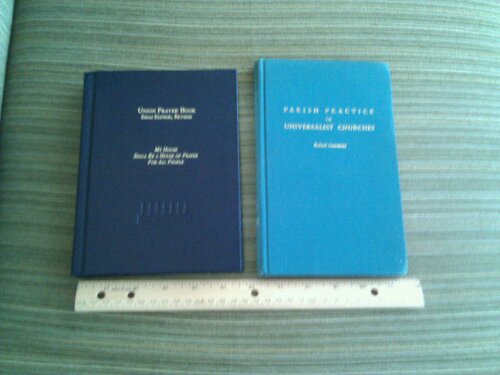I have been combing the pages of the Non-Subscribing Presbyterian Church of Ireland and came across one church – small, remote? – that meets less than weekly but more than monthly in a very sensible pattern:
- nine months, meeting twice a month (first and third Sunday in this case)
- two months, meeting once (January and February in this case)
- one month without worship (here, August)
That’s twenty services a year. While I’d recommend not taking off August in the U.S. experience, to not miss the area newcomers, there’s a logic to putting thin resources where they are needed. In some areas, a preacher may come a very long distance. In other cases, the homegrown worship leadership is hardstretched. Or perhaps capacity is up from a once-a-month service but not so much as to double the activity.
If weekly or oftener worship is an impractical option, and hard weather (icy roads, un-air-conditioned church) makes some seasons more difficult than others, then this structure might be a good steward.
I’ve also written about other schedules: ten times a year, and the liminal case of worship once or twice a year.







